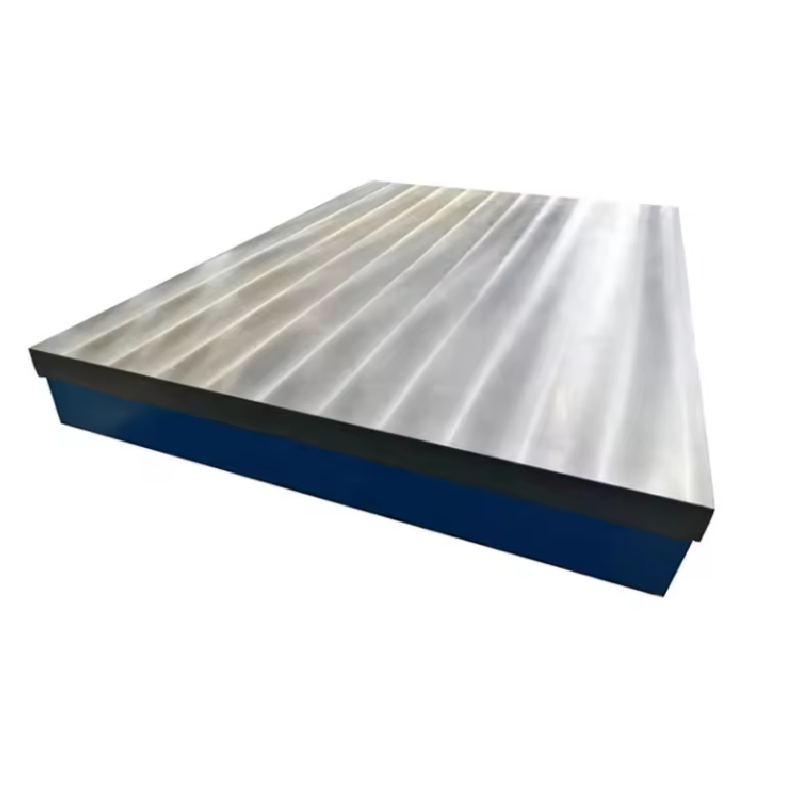سپتامبر . 04, 2024 15:54 Back to list
water flow control valve types
Understanding Water Flow Control Valve Types
Water flow control valves are essential components in various systems, including irrigation, plumbing, heating, and industrial processes. By regulating the flow and pressure of water, these valves help maintain efficiency, prevent flooding, and protect equipment. Given the diversity of applications, there are several types of water flow control valves, each designed to meet specific requirements and conditions.
1. Gate Valves
Gate valves are designed to provide a straight line of flow, with minimal pressure loss. They are typically used in applications where a fully open or fully closed position is needed. When the gate is raised, water flows freely, but this design means they are not ideal for throttling purposes. Gate valves are common in large mainlines and are valued for their durability and reliability.
2. Globe Valves
Globe valves are recognizable by their spherical shape. They are primarily used for throttling flow, allowing for precise control of water flow rates. The unique design creates turbulence, which can be advantageous or detrimental depending on the application. Globe valves are often employed in systems where flow regulation is crucial, such as in heating systems and chemical processing.
3. Ball Valves
Ball valves feature a rotating ball with a hole through the middle. When aligned with the flow, the water passes through; when perpendicular, the flow is stopped. Due to their design, ball valves provide excellent sealing and are very reliable in on/off applications. They are ideal for situations where quick shut-off is necessary, such as in domestic water supplies and firefighting systems.
water flow control valve types

4. Check Valves
Check valves, or one-way valves, allow water to flow in only one direction, preventing backflow. This feature is critical in systems where backflow might cause contamination or damage. They are commonly used in drainage systems and sump pumps. Various designs, such as swing check and ball check valves, cater to different flow requirements and pressure conditions.
5. Pressure Relief Valves
Pressure relief valves are designed to protect systems from excessive pressure by automatically releasing water when a set pressure is exceeded. This is particularly important in industrial settings and boiler systems. These valves ensure the safety and longevity of water systems by preventing potentially damaging pressure buildup.
6. Solenoid Valves
Solenoid valves are electromechanical devices that control flow using an electric current. They are essential in automated systems and are commonly used in irrigation and wastewater management. Their ability to be controlled remotely makes them incredibly versatile, allowing for precision in water management.
Conclusion
Selecting the appropriate type of water flow control valve is critical for ensuring the efficiency and safety of any water system. Understanding the functions and applications of each valve type allows engineers and technicians to make informed decisions that align with their operational needs. With advancements in technology, the range of available valve types will continue to expand, further enhancing water management and conservation strategies. By investing in the right water flow control valves, individuals and organizations can ensure optimal performance in their systems while also contributing to sustainable water usage.
-
Valves in Water Treatment PlantsNewsJul.07,2025
-
Safety Precautions When Installing Control ValvesNewsJul.07,2025
-
Importance of Routine Inspections for Ball Type Check ValvesNewsJul.07,2025
-
Function and Operation of 1 1 2 Gate ValvesNewsJul.07,2025
-
Enhancing the Performance of 1 1 2 Inch Check ValvesNewsJul.07,2025
-
DN50 Filter Water Valves in Municipal Water TreatmentNewsJul.07,2025
Related PRODUCTS









